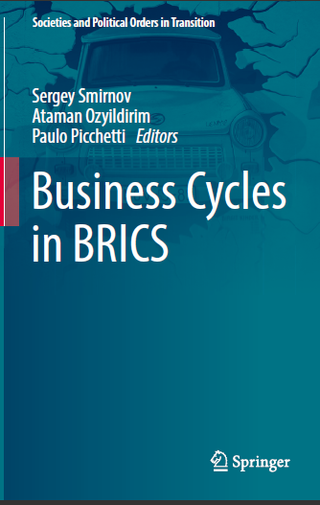?
Institutions, Productivity Change and Growth
In this chapter we aim to consider the interdependence between total factor productivity, economic welfare, and political institutions using BRICS as an empirical example. While relationships between each pair of factors have already been subject to scientific inquiry, we attempt to look at the productivity-institutions nexus in conjunction with economic development. We utilize nonparametric methods (data envelopment analysis) to estimate productivity levels for a large sample of countries and investigate the mutual relationships between productivity, GDP, and institutions for every year in the sample, as well as look into possible connections between dynamics of the three factors. We also analyze productivity trajectories of the BRICS countries in order to gain further insight into how capital-labor ratios might affect further economic development given each country’s institutional context. We show that levels of institutional development are a significant predictor for per capita GDP levels, as well as TFP levels. However, our tests for differences in TFP and growth remain inconclusive.
